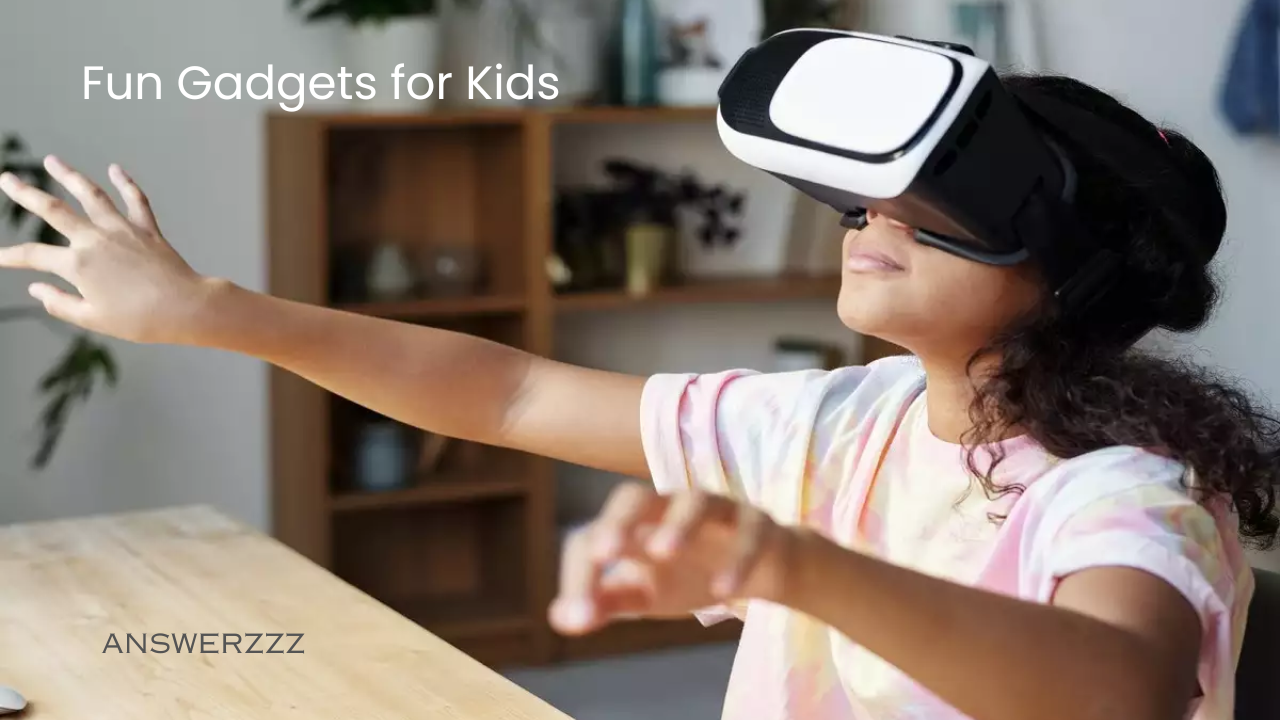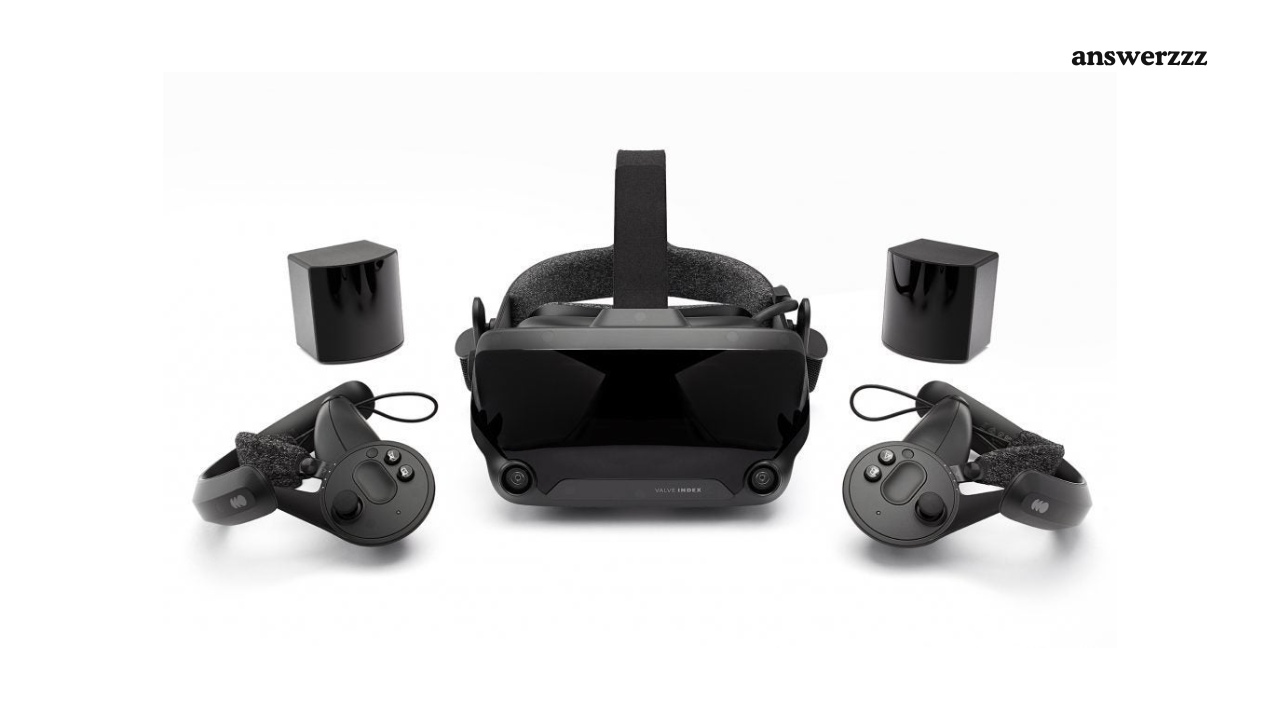In a world increasingly driven by technology, finding engaging and educational gadgets for kids has become essential. These devices not only entertain but also foster learning, creativity, and problem-solving skills. This article explores some of the most exciting tech gadgets that captivate young minds while providing invaluable educational benefits. Whether your child is a budding scientist, an aspiring artist, or a future coder, there’s a gadget out there that can spark their imagination and enhance their learning experience.
1. Educational Tablets

Educational tablets designed specifically for children are a fantastic way to blend learning with fun. Devices like the Amazon Fire Kids Edition offer a variety of features tailored for young users, including parental controls, a kid-friendly interface, and a vast library of educational apps and books. These tablets often come with durable cases to withstand the inevitable drops and spills that occur in the hands of children. With access to interactive games, e-books, and videos, kids can learn everything from math and science to reading and critical thinking skills, all while enjoying screen time that feels like play.
2. STEM Kits
STEM (Science, Technology, Engineering, and Mathematics) kits are gaining popularity as hands-on educational tools. Kits like the Snap Circuits Jr. allow kids to build electronic circuits, teaching them about electrical engineering principles in a fun, interactive way. These kits often come with colourful components that snap together, enabling children to create everything from simple lights to complex radio systems. As they explore the fundamentals of circuitry, they also develop problem-solving skills and critical thinking abilities. The tactile experience of building with their hands complements digital learning, making STEM kits an excellent investment for future innovators.
3. Robotics Kits
Robotics kits are another thrilling way for kids to dive into technology. Products like LEGO Mindstorms encourage creativity while teaching coding and robotics principles. Kids can build their robots and program them to complete tasks or navigate mazes. The process of designing, building, and programming their robot fosters critical skills such as logical reasoning, teamwork, and perseverance. These kits often feature user-friendly software that guides children through the programming process, making it accessible for various age groups and skill levels. By blending creativity with technology, robotics kits can ignite a lifelong interest in engineering and programming.
4. Interactive Globes
For young explorers, interactive globes such as the Oomi offer an engaging way to learn about geography and cultures. These globes come with augmented reality features, allowing kids to explore countries and their unique characteristics through interactive touchpoints. By scanning various countries with a tablet or smartphone, children can access information about local customs, animals, languages, and more. This immersive experience enhances their understanding of the world while fostering a sense of curiosity about different cultures and environments. Such interactive globes can turn geography lessons into exciting adventures, making learning about the world an engaging and fun process.
5. Coding Toys

As coding becomes an essential skill in the 21st century, toys that teach coding concepts in playful ways are increasingly popular. Products like Botley 2.0 offer kids an introduction to programming without the need for screens. Botley is a robot that children can program using a remote control, teaching them basic coding principles through hands-on play. As kids learn to code Botley to navigate obstacles or complete tasks, they develop logical thinking and problem-solving skills. The absence of a screen makes it a perfect gadget for parents looking to limit screen time while still engaging their children in tech-related learning.
6. Digital Drawing Tablets
For the artistic child, a digital drawing tablet can open up a world of creativity. Devices like the Wacom Intuos allow kids to create digital art and illustrations, offering a modern twist on traditional art forms. These tablets often come with various drawing software options, enabling children to explore their artistic talents in a digital format. As they experiment with different brushes and styles, they enhance their fine motor skills and creativity. Digital drawing tablets can be particularly beneficial for kids interested in graphic design, animation, or digital art, providing them with a platform to express themselves and develop their artistic abilities.
7. Smart Building Blocks
Smart building blocks, like the Osmo Creative Kit, merge physical play with digital learning. These interactive blocks connect with a tablet, allowing children to build structures that are instantly recognized and interacted with in a digital environment. As they build, kids can see their creations come to life in games that teach geometry, problem-solving, and creativity. This blend of physical and digital play encourages children to engage their minds and hands simultaneously, fostering a deeper understanding of spatial awareness and engineering principles.
8. Augmented Reality Apps
Augmented reality (AR) apps are transforming the way children learn and interact with information. Apps like Merge Cube allow kids to explore 3D models of the solar system, historical artefacts, or even human anatomy simply by holding a physical cube. As they manipulate the cube, they can interact with the digital content, providing a tactile learning experience that is both fun and informative. AR apps uniquely engage kids, merging the real world with virtual information, and can be used across various subjects, making learning more dynamic and immersive.
9. Wearable Tech for Kids
Wearable technology is not just for adults; gadgets like the Garmin Bounce are designed for kids to help them stay active and connected. These smartwatches offer fitness tracking, games, and messaging features, encouraging children to be active while maintaining communication with parents. The built-in GPS allows parents to monitor their child’s location, providing peace of mind while promoting independence. Wearable tech combines fun and fitness, making it an excellent tool for promoting a healthy lifestyle in children.
10. Music and Audio Gadgets
Music gadgets can introduce children to the world of sound and rhythm, helping them develop an appreciation for music while learning about audio production. Devices like the Kidzlane Karaoke Machine not only entertain but also encourage creativity and self-expression. Children can sing along to their favourite songs while learning about rhythm, melody, and vocal techniques. This type of gadget can be particularly beneficial for fostering confidence, as children perform in front of family and friends. Additionally, apps and tools that teach music production, like GarageBand, allow kids to experiment with creating their music, sparking an interest in sound engineering and composition.
11. Learning Robots

Learning robots such as Cozmo and Dash provide an engaging introduction to programming and robotics. These interactive robots can be programmed to perform various tasks, play games, and even express emotions. By using user-friendly apps, children can learn coding concepts in a fun and engaging way. As they interact with these robots, kids develop computational thinking skills, problem-solving abilities, and a deeper understanding of robotics. These learning robots make technology approachable and enjoyable, fostering a love for STEM in young learners.
12. Drones for Kids
Drones designed for children, like the Holy Stone HS210, offer an exciting way to explore technology and aerodynamics. These kid-friendly drones are equipped with features like altitude hold and one-key takeoff, making them easy for young pilots to operate. Flying a drone introduces kids to basic principles of flight and engineering while providing hours of outdoor fun. Additionally, many drones come with built-in cameras, allowing children to capture photos and videos from the sky, enhancing their understanding of photography and videography.
13. Interactive Learning Games
Interactive learning games, such as Osmo’s pizza game, combine fun and education in a playful setting. These games often use physical pieces and digital apps to create an immersive learning experience. For instance, in the pizza game, kids take orders and make pizzas while learning about math, counting, and customer service. This hands-on approach makes learning engaging and relevant, helping children memorably grasp important concepts. Interactive learning games foster cooperation, critical thinking, and creativity, making them a great addition to any learning environment.
14. Smart Playdough
Smart playdough, like the Dough Project, combines traditional play with technology. This innovative dough changes colour when kids use it with an app, adding an interactive element to sensory play. The app guides children through various creative activities, allowing them to mould, sculpt, and learn about colours and shapes. This fusion of tactile play and technology encourages creativity while promoting fine motor skills and cognitive development. Smart playdough is a fantastic example of how technology can enhance traditional play experiences.
15. Language Learning Gadgets
Language learning gadgets, such as the LingoAce Smart Pen, are excellent tools for kids interested in learning new languages. This pen allows children to scan text and hear pronunciations, making language acquisition fun and interactive. By using this technology, kids can learn vocabulary and pronunciation in context, enhancing their language skills through immersion. This type of gadget promotes cultural awareness and communication skills, setting the foundation for bilingualism or multilingualism.
16. Science Experiment Kits
Science experiment kits provide children with the opportunity to explore scientific concepts through hands-on experiments. Kits like the National Geographic Mega Slime Kit offer a range of engaging activities that teach kids about chemistry and materials science. As they create slime in various colours and textures, they learn about chemical reactions and the properties of matter. These kits not only foster a love for science but also enhance critical thinking, observation, and analytical skills, encouraging young scientists to explore and discover.
17. Virtual Reality Headsets
Virtual reality (VR) headsets designed for children, such as the Oculus Quest 2, offer immersive experiences that can transport kids to different worlds. With educational VR apps, children can explore historical landmarks, dive into the ocean to learn about marine biology, or even take a virtual field trip to space. VR provides a unique way for kids to engage with educational content, making learning more interactive and memorable. While enjoying thrilling experiences, children also develop spatial awareness and curiosity about the world around them.
18. 3D Printing Pens
3D printing pens, like the 3Doodler Start, allow kids to bring their creative ideas to life in three dimensions. These pens extrude plastic filament, enabling children to draw in the air or on surfaces, creating unique sculptures and designs. As they experiment with 3D design, kids develop fine motor skills, spatial awareness, and creativity. This hands-on approach to art and design inspires imaginative thinking and introduces children to the world of 3D printing, a valuable skill in today’s tech-driven landscape.
19. Fitness Trackers for Kids
![]()
Fitness trackers, such as the Fitbit Ace, encourage children to stay active and develop healthy habits. These devices track physical activity, sleep patterns, and even heart rate, providing valuable insights into children’s health and wellness. Many fitness trackers come with gamified challenges, motivating kids to engage in physical activity while having fun. By promoting an active lifestyle, these gadgets help instil lifelong habits of fitness and well-being.
The world of technology offers an array of gadgets that educate and entertain, fostering creativity and critical thinking in children. From coding toys to interactive globes, each device provides unique opportunities for learning while ensuring that kids have fun. As technology continues to evolve, the potential for innovative educational tools will only expand, offering exciting possibilities for the next generation. Investing in these fun gadgets can enhance your child’s learning experience and encourage a lifelong love for discovery, exploration, and innovation. With the right tools, learning becomes an adventure that captivates young minds and prepares them for a bright future.



